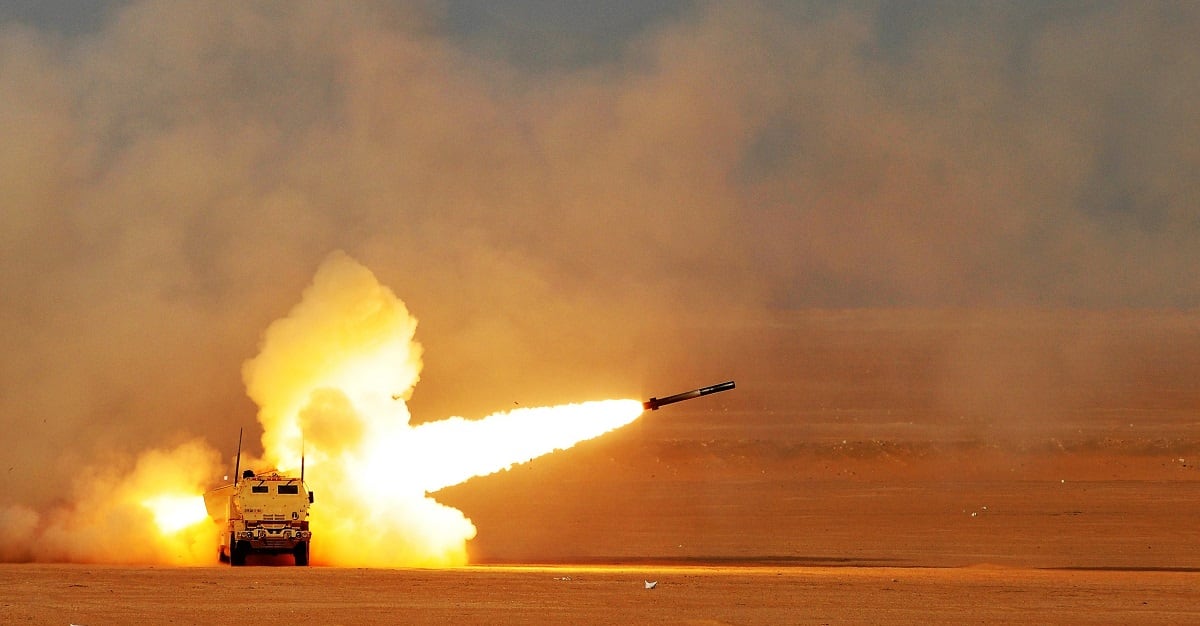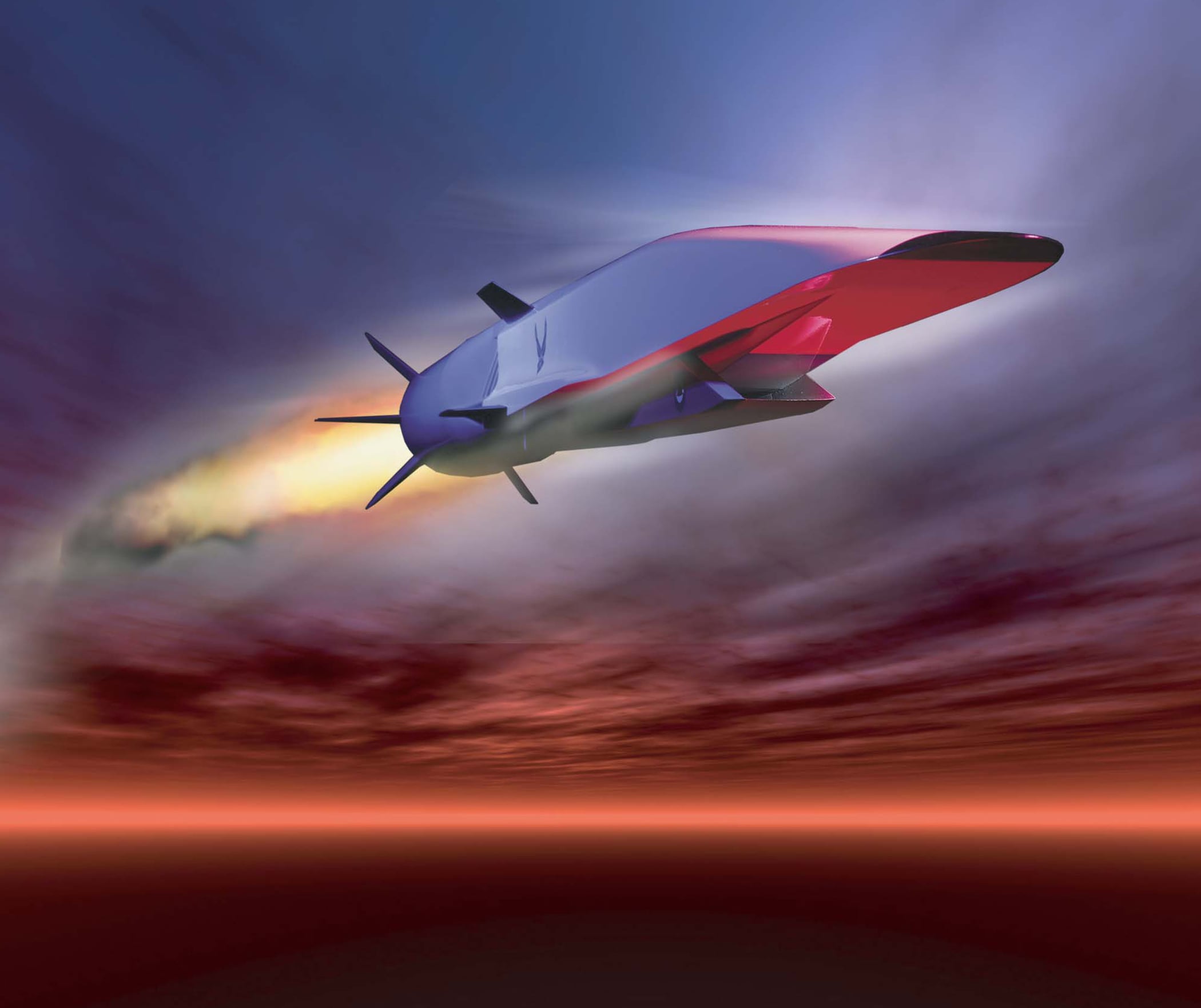While senior officials admit that the Army is currently outgunned and outranged in its artillery and missiles programs, the service’s secretary and top general told Congress that fixing that problem at every level is their top priority.
“Both China and Russia have passed us up in terms of range and rapid fire,” said Sen. Jim Inhofe of Oklahoma during the Army posture hearing Thursday.
So, what’s being done about it?
At the top of the list of six major areas of focus for the Army is long-range precision fires, said Army Secretary Mark Esper.
During his recent tours of the combatant commands, Esper told the Senate that each of those commanders “conveyed the importance” of long-range precision fires to their respective missions.
He and Army Chief of Staff Gen. Mark Milley laid out the levels of programs that are getting attention:
At the tactical level is the Paladin Integration Management program.
On the operational level is the Extended Range Cannon Artillery program.
At the strategic level are hypersonic projectiles.

For the PIM program, as of December, more than three dozen sets of M109A7 Self-Propelled 155mm Howitzers and M992A3 ammunition carrier vehicles had been delivered with 60 more a year for the next three years scheduled, according to Military Times’ sister publication Defense News.
The PIM takes the Howitzer gun, adds an on-board power system, digital displays and lets the Army use the same undercarriage as the Bradley Infantry Fighting Vehicle.
The cannon program seeks to double the range of the modified howitzer. At the annual Association of the U.S. Army symposium last year Maj. Gen. Cedric Wins commanding general of the Army’s Research, Development and Engineering Command said that the extended range projectiles will be demonstrated this year.
The program includes developing long-range weapons that can operate with or without GPS. Demonstrations on those systems are expected by fiscal year 2021, Michael Richman, an RDECOM researcher said at the same event.
The program is also working on improvising the High Mobility Artillery Rocket System used by both the Army and Marine Corps. Demonstrations are expected in fiscal year 2023.
Hypersonic projectiles, or missiles flying at five times the speed of sound to avoid missile and air defenses, recently grabbed headlines when Russian President Vladimir Putin unveiled the Kinzhal hypersonic cruise missile that he claimed could travel at 10 times the speed of sound.
Esper noted that hypersonics development will benefit the Army but much of the work will be done jointly, relying on other services.

The hub for that research is the Defense Advanced Research Projects Agency, or DARPA.
DARPA Director Steven Walker told Defense News in March that the systems are just around the corner.
“We’re going to start flying these systems in 2019, you’ll see lots of flight tests, and we’re excited that these will be systems that will be very capable that we can use from standoff” range, Walker said. “These are not going to be just flying propulsion concepts through the air.”
Funding for hypersonics has gotten congressional attention as well. They put aside $85.5 million for the programs in fiscal year 2017, which jumped to $256.7 million in the most recent budget request, according to Defense News.
Esper also noted that on the missiles front, the mobile Short-Range Air Defense, or SHORAD, system will be ready to deploy within two years. The Army has already decided on a chassis and certain effectors but they’re pushing developers to build in extra capacity for lasers.
Todd South has written about crime, courts, government and the military for multiple publications since 2004 and was named a 2014 Pulitzer finalist for a co-written project on witness intimidation. Todd is a Marine veteran of the Iraq War.




